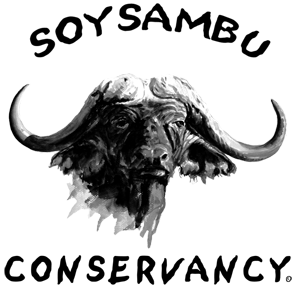Rally Raid Kenya is a multi-round “Dakar style” national championship open to cars, buggies, quads & bikes & run to a two day format. Rally Raid Kenya is a multi-round “Dakar style” national championship open to cars, buggies, quads & bikes & run to a two day format. It is the fastest growing form of motorsport in the country with upwards of 45 competitors at each event. Based on the world famous “Dakar” event our cross country rally raids run to a two day format over a variety of terrain with the emphasis on navigation!
This event was hosted in Soysambu Conservancy on both Saturday May19th and Sunday 20th; it was fantastic despite the challenges due to wet season.
The sponsors of the event were;
Colortunes – competition numbers
ALS – medical helicopter
Feast with the Beast – accommodation and catering
Kick Energy & Mayes Media – DVD and TV coverage
All of the motor clubs and competitors (and their families)
Winners for the day were;
Cars
Simon & Whiz – Hybrid Plaz – 3:34:37
Bikes
Ross Field – 4:25:11
Quads
Joe Boulanger – 4:31:56
Many thank s to Mike Borrisow and his team for the good work that made the event successful.
Shared from;
Community Education and Awareness Desk.




















